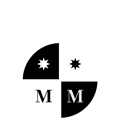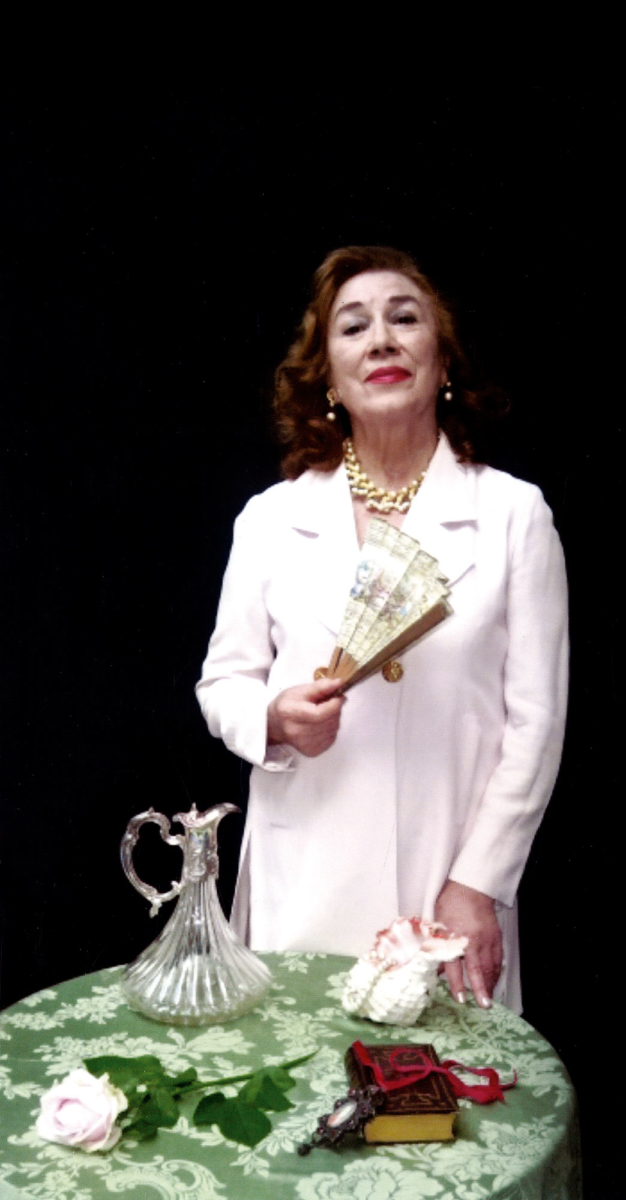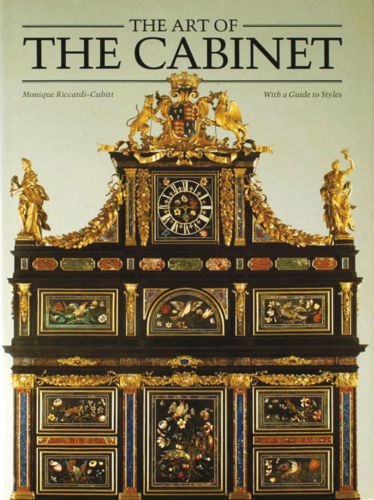PREFACE
Countess Monique Riccardi-Cubitt’s vocation as an art historian was born at boarding school when the curator of the château de Blois gave there a lecture on the École du Louvre. Beauty, art and history had formed and inspired her childhood in the Loire Valley, where in the early fifteenth century late Medieval Humanism was cultivated by Valentina Visconti, Duchess of Milan, wife of Louis I Duke of Orléans and Valois at her court in Blois made famous by her son, the poet Charles d’Orléans.
Two Medici French queens, Catherine in the sixteenth and Marie in the seventeenth century, further ensured the continuity of the influence of the Italian Renaissance introduced by King François I who had brought Leonardo da Vinci to Amboise where he died.
From his travel to China, apart from a kaki fruit tree planted in his luxuriant garden, Countess Riccardi-Cubitt’s grand-father had brought back wondrous exotic seashells, delicate paintings on silk, fragile porcelain that fired her imagination. They were stored, with his albums of watercolours and her antique doll’s miniature porcelain and blue glassware, in a rosewood veneered semainier with a grey marble top. From its seven drawers wafted the delicate scent of past times, jasmine and heliotrope, the wonder and mystery of faraway lands. From his library a preciously bound in red Moroccan leather illustrated volume of Il Tasso’s Jerusalem Delivered evoked in her heart the magic spells of the Middle East, while Virgil’s Aeneid and Buffon’s Natural History, with the description of the Cabinet du Roi, opened her mind to humanism and collecting.


